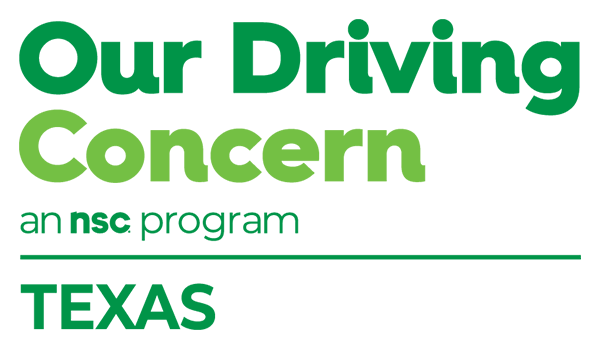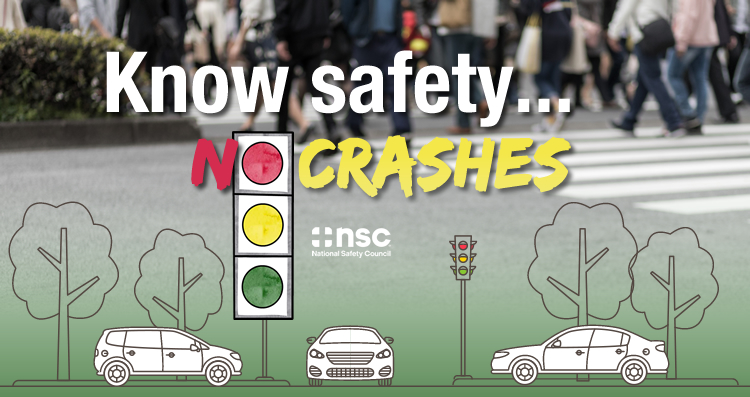
We go to great lengths to design our workspaces to fit our bodies – and for good reason.
The goal of ergonomics is to eliminate discomfort and the risk of injury due to work. Nobody wants to suffer from carpal tunnel syndrome. Nobody wants to suffer from tendonitis or lower back pain, either. So, we pay attention to the height of our office chair, make use of keyboard wrist supports and seek out lumbar support. We bend our knees when lifting boxes in the warehouse and monitor how much time we spend on repetitive tasks or using vibrating machine tools.
But what about creating a healthy setup for driving? Did you know you can undo all that great work by neglecting your driving ergonomics? Many of us spend a great deal of time behind the wheel. Some of us, in fact, spend more time driving than sitting at a desk. Let’s look at a few simple steps you can take to avoid pain and discomfort while driving.
- Seating: Adjust your seat so you are at a 90-degree angle and can reach the gas and brake pedals without straining or sacrificing back support. You want to keep your spine aligned. Be sure the headrest sits in the middle of your head. Set the lumbar adjustment to support the curve of your lower back.
- Steering wheel: Set the steering wheel to the right height and angle. If the airbag deploys in a crash, you want the steering wheel pointing at your chest, not your head and neck. Position your body so you are about 10 to 12 inches away from the steering wheel. The closer you are, the more force you will feel if the airbag deploys.
- Seat belt: The lap belt should fit snuggly across your hips. If it sits on your stomach rather than hard on your hips, you are at an increased risk of abdominal injury in a crash. Keep the shoulder belt where it belongs – on your shoulder. Slipping the belt under your arm removes upper-body protection.
- Mirrors: Be sure to adjust the mirrors before you depart so you can use them without straining your neck.
- Entering/exiting the vehicle: Avoid awkwardly twisting your body. My back hurts just thinking about that! Grab the steering wheel and move your lower body around it as you get up or sit down. Remember, it’s not always the big things. Often, the little things cause the most discomfort, particularly if they are repeated over time.
One final tip: Eliminate distractions. Not only is texting while driving illegal, it’s also dangerous. Your head is down. Your eyes are off the road. In fact, just reading a text takes your eyes off the road for about five seconds. At 55-mph, you will travel the length of a football field in that time. You might as well be wearing a blindfold. What will you miss? A traffic light? Stop sign? Pedestrian?
It’s OK to take a risk if it pushes you outside your comfort zone and helps you achieve a worthy goal. It’s never OK to take risks while driving. You only have one body and one life to live. Be good to yourself so you can enjoy the ride.
– Mike Ezzell is a program manager with the National Safety Council


